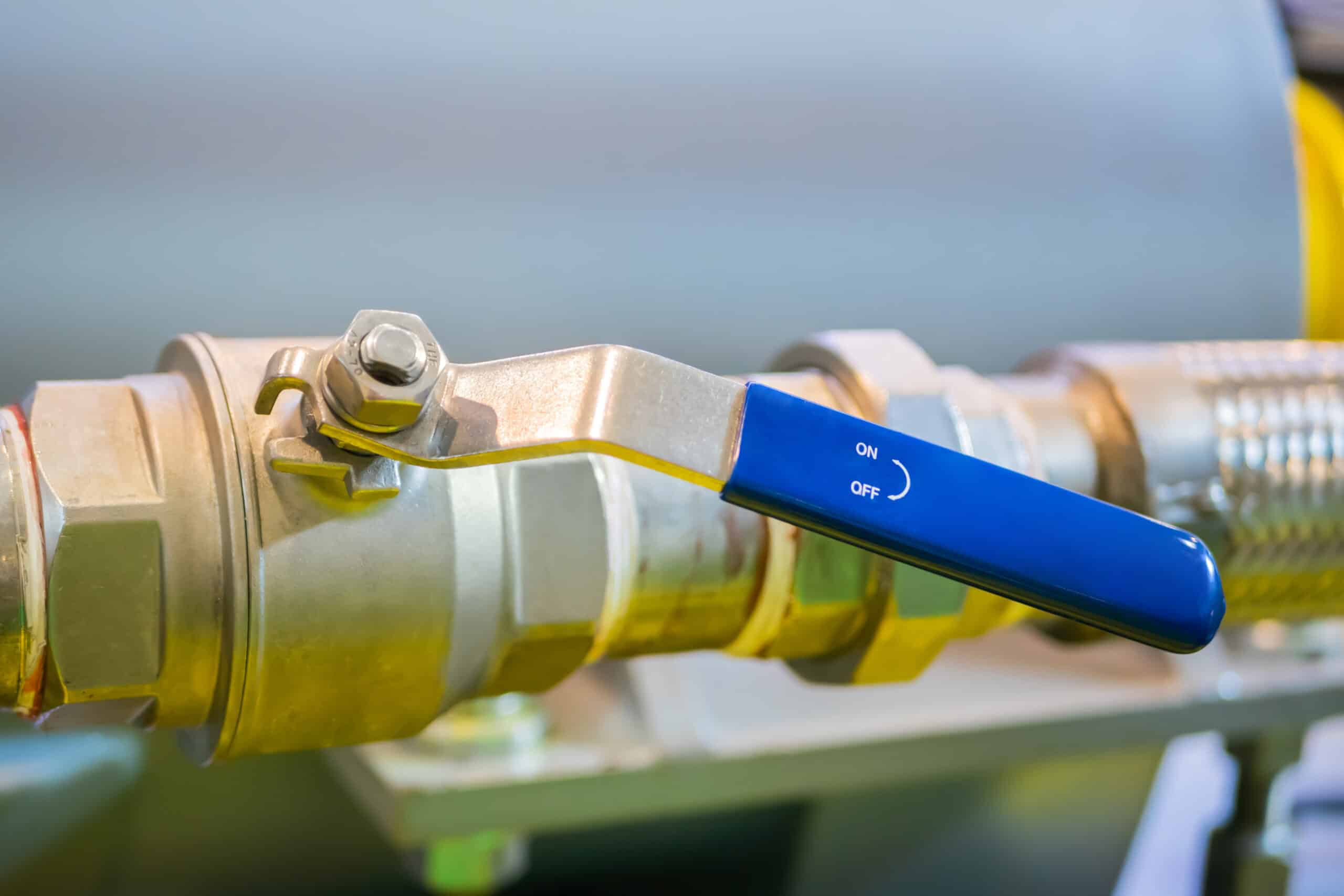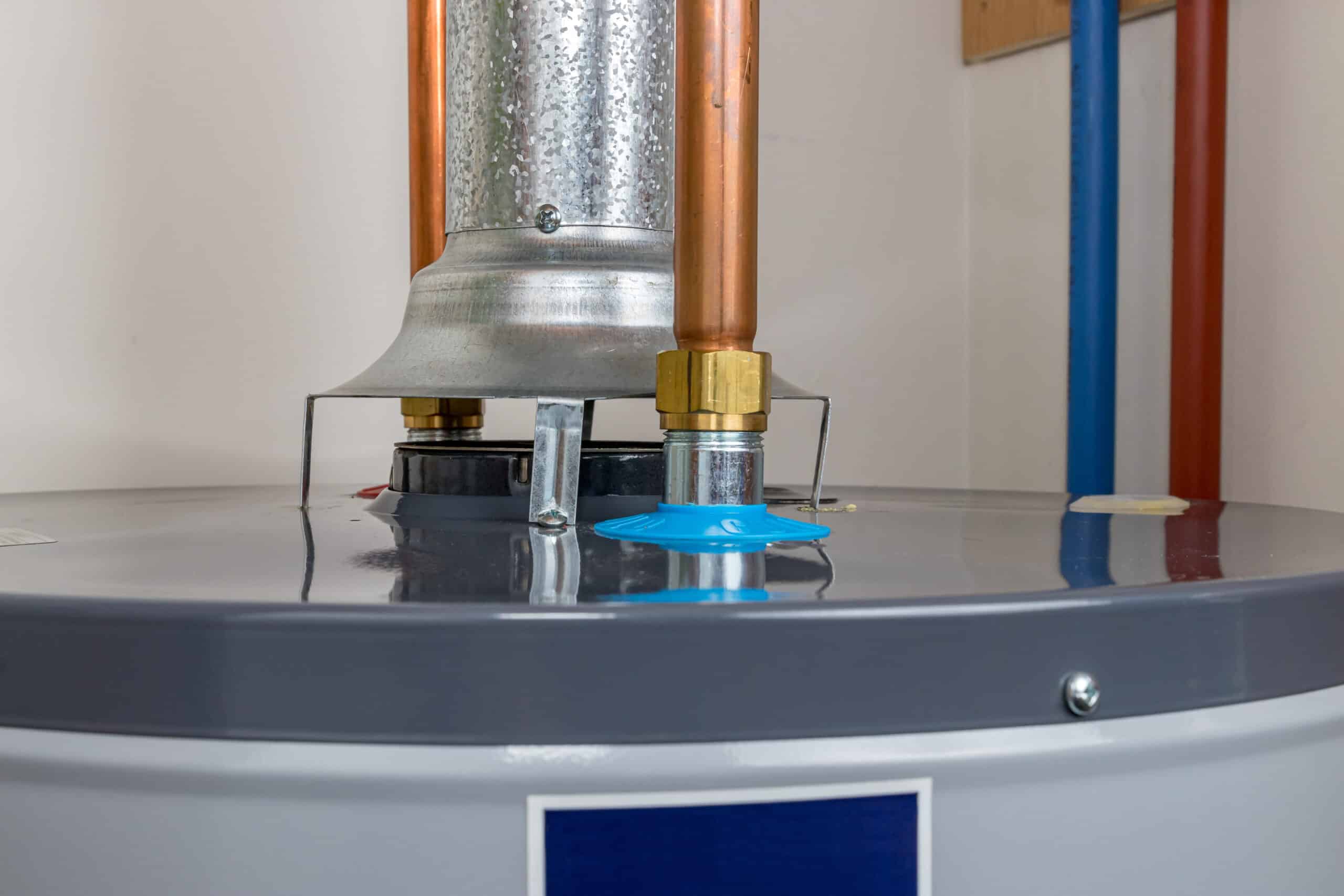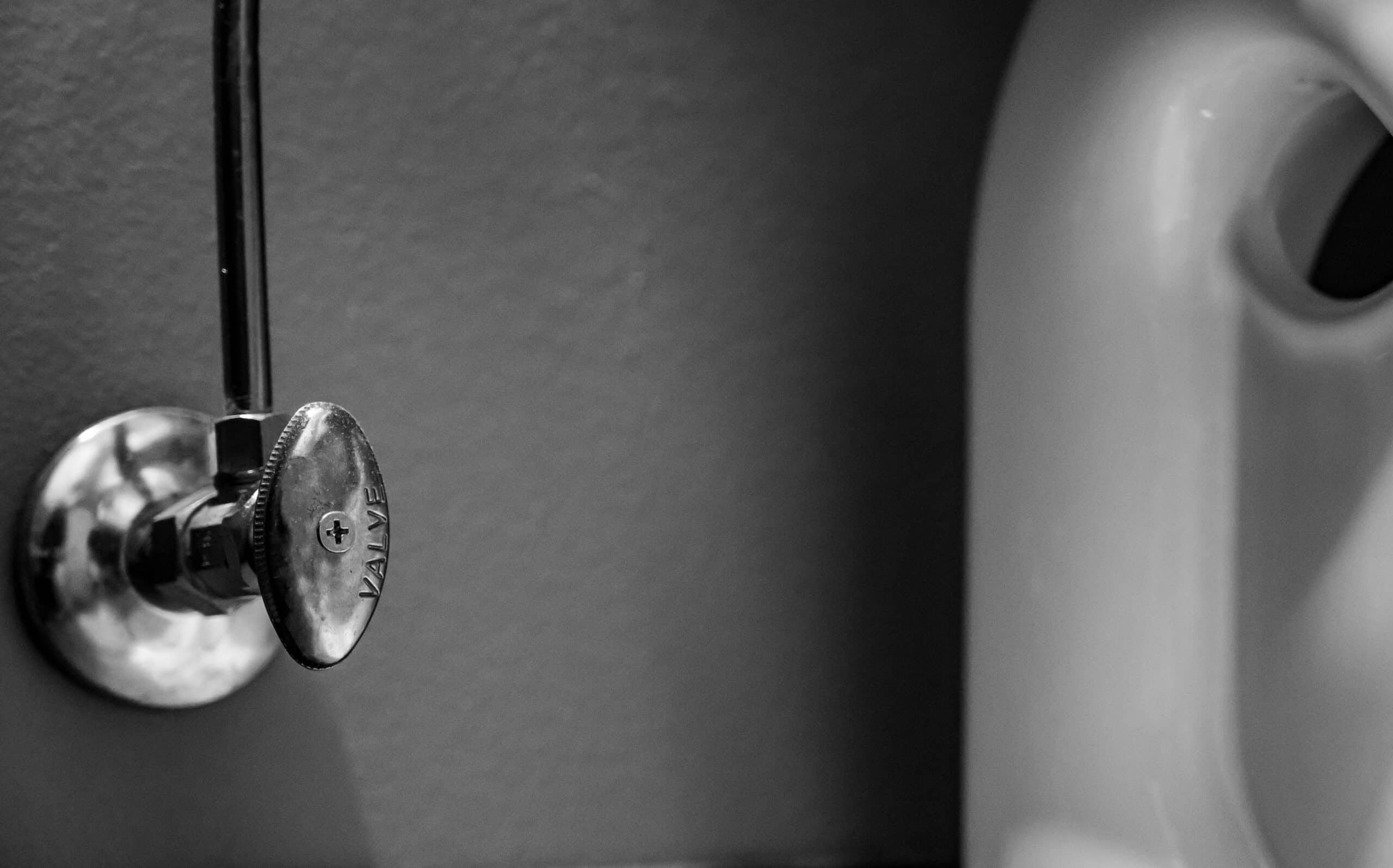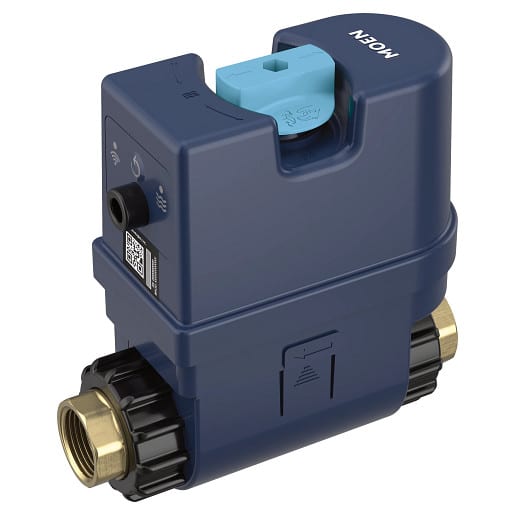
The humble shutoff valve is one of the most overlooked but crucial components in your home’s entire plumbing system. In fact, a well-designed system will contain several of these valves at different key locations in your home. So, what exactly are they and what’s their importance? Heritage is here to help you get the answers you need to all things shutoff valves.
The Basic Types of Shutoff Valves
The first port of call during a plumbing emergency, repair, or upgrade is locating the water shutoff valve corresponding to the area where the work is being performed. Sometimes these can control a large portion of the plumbing system, such as your main water shutoff. Other times, these are small valves located behind or nearby appliances and fixtures such as toilets, dishwashers, and kitchen sinks. Regardless of size or location, they all perform the same duty when engaged in completely stopping the flow of water past the valve.

Main Water Shutoff
As the name suggests, your home’s main water shutoff controls the flow of water into your home just past the water meter. Note: by law this is always after the meter, which your town uses to assess the amount of water consumption in your home. If you ever have a leak before your water meter, you’ll have to contact your town to shut off the water to your home. If you’re on a private well, your system will also have a main shut-off valve to stop any leaks in the home. If the leak is before the valve, you can simply disconnect the power to your well pump as an alternative during an emergency.

Water Heater “Cold Water” Inlet
Another crucial valve to locate if you own a stand alone (“storage”) style tank, is the cold water inlet valve. In a water heater emergency such as during a leak, you’ll want to stop the flow of water to your tank. Using the main water shutoff will certainly work, but sometimes you still want to use the other plumbing fixtures in your home while you wait for repair or replacement. In a properly designed system, this is located shortly before the cold water inlet to your tank. You can identify this either by touch or by sight, and most modern tanks will have these labeled or marked by a blue ring at the top of your tank.

Outdoor Faucet Shutoff
Never be caught without one of these! Whether it’s from freezing, damage, or just normal wear and tear, having an uncontrolled leak from an outdoor faucet leads to a major headache and possible water damage. Located along the water line that directly feeds your outdoor faucet, these are standard with every outdoor faucet installed by Heritage. If you’re having trouble locating yours or simply don’t have one, be sure to ask one of our techs to either locate or install one for you during your next plumbing visit!

Fixture & Appliance Shutoffs
These handy little valves are typically tucked away behind or nearby plumbing fixtures, such as toilets, dishwashers, sinks, washing machines, and more. Other times they are hidden in areas behind the appliance itself, or even located in the basement or crawlspace. Knowing where to locate these can be a lifesaver when performing a repair, and are required by code for all new installations. However, they can also become a source of leaks over time. More often than not, fixture valves that haven’t been replaced in more than a decade will show some signs of degradation that should be addressed. More still, if your fixture valve has become completely immovable due to lack of use, it should be replaced to avoid a big hassle when a bigger emergency does occur.
Advanced Protection – Automatic and Smart Shutoffs
While not strictly necessary for a well-designed plumbing system, these types of shutoff valves can add a great deal of peace of mind, especially for vacation homes or homeowners who plan to be away for an extended period of time.
Flood Detection Valves
It can be handy to know if any equipment in your home is equipped with a flood detection valve. One commonly found in homes is a Floodmaster water heater leak detection system. These devices use a sensor to detect if there is a leak in your drain pan, setting off an alarm to notify you and automatically triggering the inlet valve to close to prevent further leaking. If you’re unsure if you have or need a Floodmaster, ask your technician during your next water heater maintenance!

Smart Monitor & Shutoff Valves
With the rapid development of technology available to our industry, homeowners today have access to a level of control over their homes like never before. With products like the Moen Flo Smart Monitor and Shutoff, you can see your home’s exact water usage, get alerted to a leak, and control the flow of water into your home so you can avoid a costly disaster – all from your smartphone. Have complete peace of mind that you never worry about a leak again by having one of these installed on your main water line!
What if I don’t know where my shutoffs are located?
As a complimentary service we can perform during any plumbing job, one of our licensed technicians will tag and label your shutoff valves so you know exactly where to go in the event of an emergency.
Note: Home Advantage Members receive extra care in this regard, and a complete inventory of all equipment will be taken in their home, as well as all relevant shutoffs and switches labeled for the customer use. Learn more about our Home Advantage membership.
Avoid Saddle (Self-Piercing Needle) Style Valves
While most shutoffs installed in homes today meet current code requirements for functionality and durability, there is at least one to avoid and which should make you think twice about a plumber who uses them. Saddle valves, sometimes called self-piercing needle valves, were a ubiquitous fitting used in DIY and less scrupulous professional plumbing jobs due to their simplicity and ease of installation. This style valve uses a needle to pierce an existing water line and feed a smaller line, like the water line to your refrigerator. They are recognized for their trademark “T” at the top of the fitting, which controls the needle inside the water line. Due to updates in code requirements, these fittings are seen as no longer reliable due to a history of failure and unreliability. It is recommended that these style valves be replaced with a traditional t-valve which is much more secure for long-term use.
Whether you’re looking for more information on how to locate and use the shutoff valves in your home, or need to replace or add valves, you can trust in the plumbing experts at Heritage. Don’t wait for an emergency to happen – just call Heritage today!